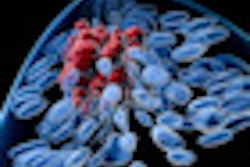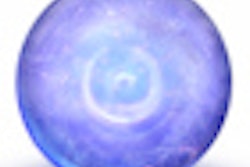One of the longest-running national breast cancer screening programs in Europe has demonstrated that screening contributes to a decrease in deaths from breast cancer. In addition, any harm caused by breast screening has been limited, and its costs are reasonable.
The Dutch population-based mammography screening program began in 1989. Compared with the prescreening period from 1986 to 1988, deaths from breast cancer among women ages 55 to 79 fell by 31% in 2009, according to results from the first 20 years of data presented at the European Breast Cancer Conference, being held in Vienna this week.
Before the screening program, breast cancer deaths increased by 0.3% a year, but after the program was implemented there was an annual decrease of 1.7%, the researchers found. The change also coincided with a significant decrease in advanced-stage breast cancers.
For a woman who was 50 in 1990 and who had 10 screenings over the 20-year period, the cumulative risk of a false-positive result was 6%. Overdiagnosis was limited to 2.8% of all breast cancers diagnosed in the total female population, and 8.9% of screen-detected breast cancers, said the researchers.
The total annual cost of the program was 51.7 million euros in 2009, or 56.65 euros per examination. Adjusted for inflation, a breast screening exam costs approximately 3.50 euros less than it did in 1996. Up to 2005, sensitivity was 74.3% for initial and 67.6% for subsequent screens, and the sensitivity was 99% and 99.4%, respectively.



















